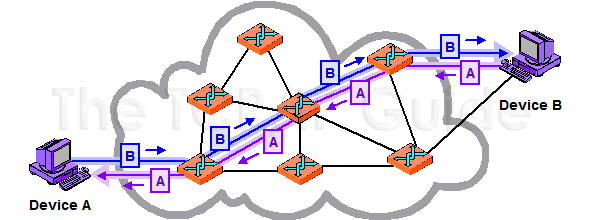 |
|
Please Whitelist This Site?
I know everyone hates ads. But please understand that I am providing premium content for free that takes hundreds of hours of time to research and write. I don't want to go to a pay-only model like some sites, but when more and more people block ads, I end up working for free. And I have a family to support, just like you. :)
If you like The TCP/IP Guide, please consider the download version. It's priced very economically and you can read all of it in a convenient format without ads.
If you want to use this site for free, I'd be grateful if you could add the site to the whitelist for Adblock. To do so, just open the Adblock menu and select "Disable on tcpipguide.com". Or go to the Tools menu and select "Adblock Plus Preferences...". Then click "Add Filter..." at the bottom, and add this string: "@@||tcpipguide.com^$document". Then just click OK.
Thanks for your understanding!
Sincerely, Charles Kozierok
Author and Publisher, The TCP/IP Guide
|
|
|

Custom Search
|
 |
The TCP/IP Guide 9 Networking Fundamentals 9 Fundamental Network Characteristics |
|
Circuit Switching and Packet Switching Networks
(Page 1 of 3)
In my “grand overview” of networking, I describe networks as devices that are connected together using special hardware and software, to allow them to exchange information. The most important word in that sentence is the final one: information. As you will see in your exploration of this Guide, there are many methods for exchanging information between networked devices. There are also a number of ways of categorizing and describing these methods and the types of networks that use them.
One fundamental way of differentiating networking technologies is on the basis of the method they use to determine the path between devices over which information will flow. In highly simplified terms, there are two approaches: either a path can be set up between the devices in advance, or the data can be sent as individual data elements over a variable path.
In this networking method, a connection called a circuit is set up between two devices, which is used for the whole communication. Information about the nature of the circuit is maintained by the network. The circuit may either be a fixed one that is always present, or it may be a circuit that is created on an as-needed basis. Even if many potential paths through intermediate devices may exist between the two devices communicating, only one will be used for any given dialog. This is illustrated in Figure 1.
|
The classic example of a circuit-switched network is the telephone system. When you call someone and they answer, you establish a circuit connection and can pass data between you, in a steady stream if desired. That circuit functions the same way regardless of how many intermediate devices are used to carry your voice. You use it for as long as you need it, and then terminate the circuit. The next time you call, you get a new circuit, which may (probably will) use different hardware than the first circuit did, depending on what's available at that time in the network.
|
| |||||||||||||||||||
Home - Table Of Contents - Contact Us
The TCP/IP Guide (http://www.TCPIPGuide.com)
Version 3.0 - Version Date: September 20, 2005
© Copyright 2001-2005 Charles M. Kozierok. All Rights Reserved.
Not responsible for any loss resulting from the use of this site.






